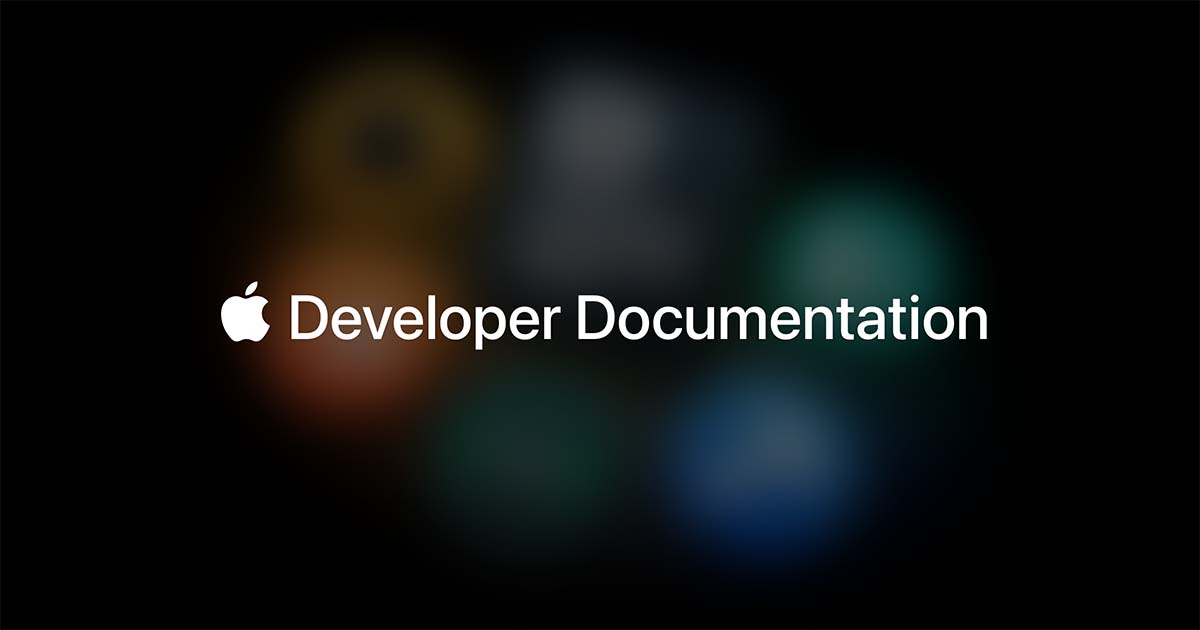Just a curious thought that popped into my head. I probably should have reached out to Steven Troughton-Smith but thought I would ask here. Does anyone know if Apple has rewritten the macOS code base since OS X was introduced in March of 2001? I know they have deprecated technologies and protocols. For instance moving from HFS+ to APFS and a host of kernel extensions. Is the codebase the same as what was launched in 2001 or even going back to its ancestor NeXTStep and into today Ventura?
I know that Big Sur couldn't see my OS X Puma PowerBook on the network, but it does see later versions.
I know that Big Sur couldn't see my OS X Puma PowerBook on the network, but it does see later versions.



